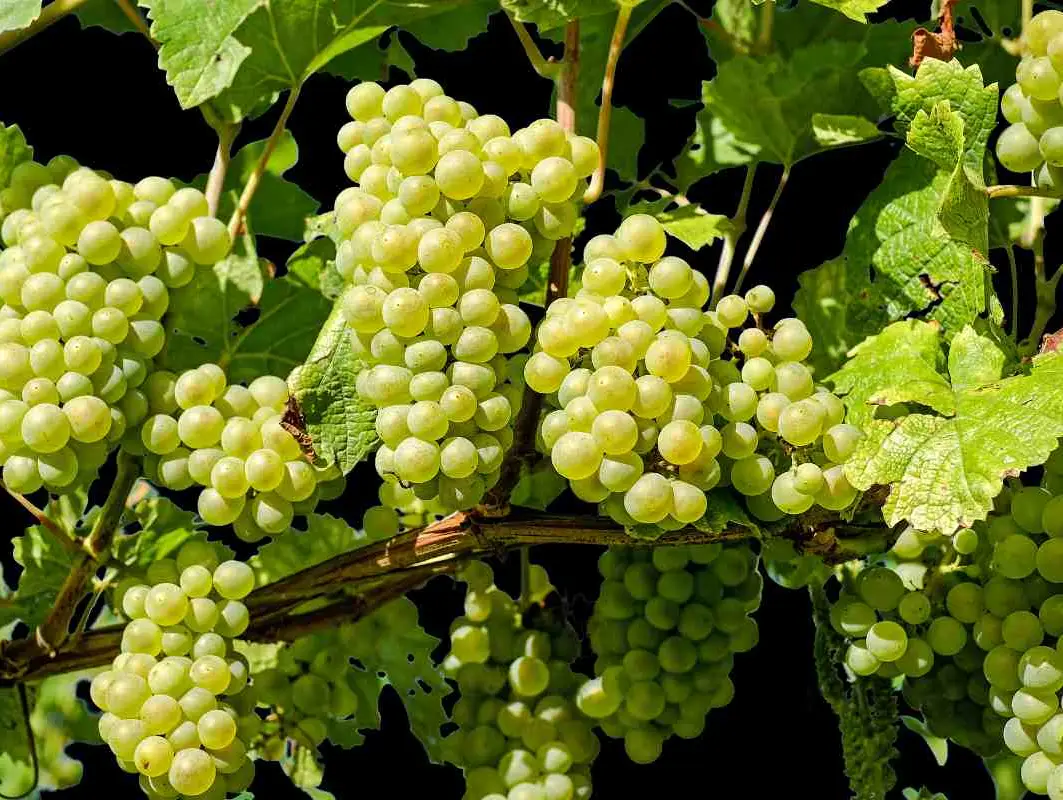Rajiv Samant’s journey from the bustling streets of corporate America to the tranquil vineyards of Nashik is nothing short of inspiring. Let’s delve deeper into the remarkable transformation of an individual and his ambitious endeavor that led to the creation of the largest wine company in India.
Stanford to Nashik:
Located roughly 180 km from Mumbai, Sula Wine Yard in Nashik started its operations in 1950. It was Rajiv Samant, a proud alumnus of Stanford University with both an undergraduate and postgraduate degree, who breathed life into this venture.
Academic Excellence:
Samant’s intellectual curiosity led him to America’s prestigious institutions. He pursued Economics for his bachelor’s and later earned a master’s in engineering. Post-graduation, he joined a prominent company in the U.S.
A Heart at Home:
Despite his corporate success, the frenzied life of America didn’t resonate with Rajiv. He yearned for the serene village life and decided to return to India. In Nashik, he had access to his family’s 20-acre land, where he experimented with cultivating mangoes, roses, and teakwood grapes.
An Epiphany:
By 1966, Rajiv discerned Nashik’s potential for wine grape cultivation, courtesy of its ideal weather and climate. On a trip back to California, he crossed paths with the renowned winemaker, Carrie Demski.
The Inception of Sula Wine Yard:
With Demski’s expertise, Rajiv embarked on setting up the wine yard. He shared his insights about Nashik’s climate, convincing Demski to contribute to his ambitious project.
A Tribute to His Mother:
The brand name ‘Sulabha’ was chosen, a touching tribute to Rajiv’s mother. In no time, the brand’s reputation soared, resulting in exponential business growth.
Expanding Horizons:
Not one to rest on his laurels, Rajiv introduced new grape varieties in Nashik. The initial 20-acre land soon burgeoned into a sprawling 18,000-acre wine yard.
Production at Sula Wine Yard:
The vast vineyard processes 8 to 9 thousand tonnes of grapes daily. Karuna Sahni, the in-house winemaker, mentions that Sula Wines produces two main variants – red and white.
A Tourist’s Paradise:
The Sula Wine Yard has evolved into a major tourist attraction. Visitors not only indulge in wine shopping but also get a behind-the-scenes look at the wine-making process.
Sula’s Dominance:
The company provides tourists with a unique ‘Sula van’ for tasting sessions. Dominating with a staggering 65% share in India’s wine market, Sula Wines also has an impressive international footprint, exporting to multiple countries and bolstering its revenue.

Rajiv Samant’s story exemplifies how passion, vision, and hard work can turn dreams into reality. Today, Sula Wines stands tall, representing India on the global wine map.
